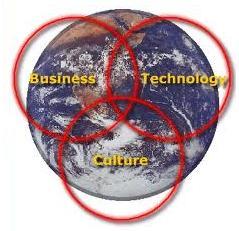Types of Colloids
We can define colloids as a heterogeneous mixture in which the dispersed phase is suspended in the continuous phase.Colloids are usually quite stable and don’t come apart or settle out over time.
Lets discuss about the types of colloids in this post.
there are 2 main classification:
1.Lyophilic Colloids, e.g proteins ,starch and rubber these are much stable and are also called as reversible colloids. these substances have strong interactions with the dispersion medium.
2.Lyophobic colloids, e.g.arsenic sulphide,ferric hydroxide these are much less stable and are called as irreversible colloids these are sparingly soluble and dont pass into colloidal state readily.
We have different colloidal solutions, we will learn more about this in our future posts.




